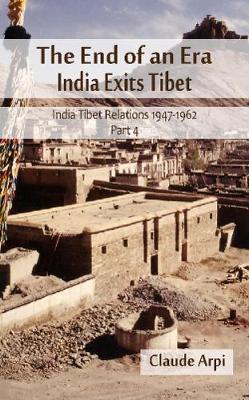India Tibet Relations 1947-1962
2 total works
The second volume of the India Tibet Relations (1947-1962) begins soon after signature of 17-Point Agreement in May 1951.
During the years under study (1951-54), the position of India on the Roof of the World changed drastically.
This volume shall go in depth into the slow deterioration of the age-old Indo-Tibet relations, gradually being replaced by a cruder relation with the new occupiers of Tibet. The Indian officials posted in Lhasa, Gyantse, Yatung or Gartok were the first to realize the true face of the Chinese 'liberators'.
During this period, very few Tibetans had the courage to fight the ineluctable; most Tibetans, whether from the aristocracy or the clergy, collaborated with the occupying forces.
"Will Tibet find her soul again?" wrote the Indian Trade Agent in Gyantse in one of his reports.
The question is still hanging.
Volume 4 (1958-62) looks into the last years of the Indian presence in Tibet. Delhi was living in a dream world; the reports from Lhasa should have alerted the government and at least opened the eyes of the Indian intelligence agencies; it was not to be the case.
The closure of the Indian Consulate in Lhasa in mid-December 1962 was the last straw; a few months earlier the Indian Trade Agencies in Yatung, Gyantse and Gartok had ceased to exist, bringing down the curtain on India's presence in Tibet.
An era had come to an end; Mao's China did not want any Indians in 'its' new colony; a sense of jealousy towards India prevailed.
Beijing clearly resented the existence of an age-old civilizational relation between India and Tibet and the goodwill of the Tibetans for India.

